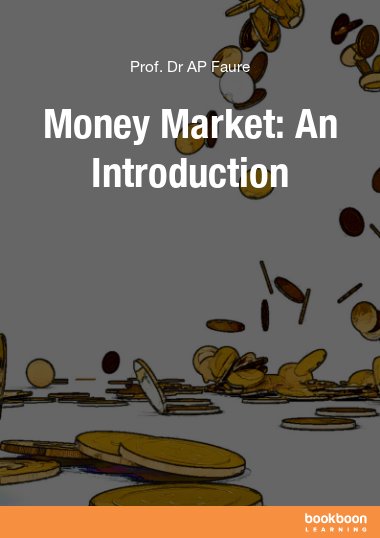The money market has traditionally been defined as the market for short-term marketable debt instruments, such as commercial paper (CP) and treasury bills (TBs). It is much more than this. It embraces all short-term lending and borrowing, marketable and non-marketable, and includes the significant interbank market. It is in this market that interest rates have their genesis. There are three interbank markets: one where the rate is set administratively by the central bank [the policy or key interest rate (KIR), aka bank rate, discount rate, repo rate, etc], one which does not have a rate (there are exceptions), and the other one where banks compete fiercely among one another for reserves (called federal funds in the US) in order to avoid borrowing from the central bank. The outcome of the latter is the bank-to-bank interbank market (b2b IBM) rate and it closely follows the KIR. All deposit rates follow the KIR and the b2b IBM rate, as does the banks’ prime lending rate (PR, a benchmark rate). PR is the target rate of monetary policy, as money (ie, mainly deposits of the private sector) creation is the outcome of bank credit extension (in the main). Thus, monetary policy is aimed at influencing the demand for credit and its outcome, money creation. This economically-significant process plays out in the money market.


